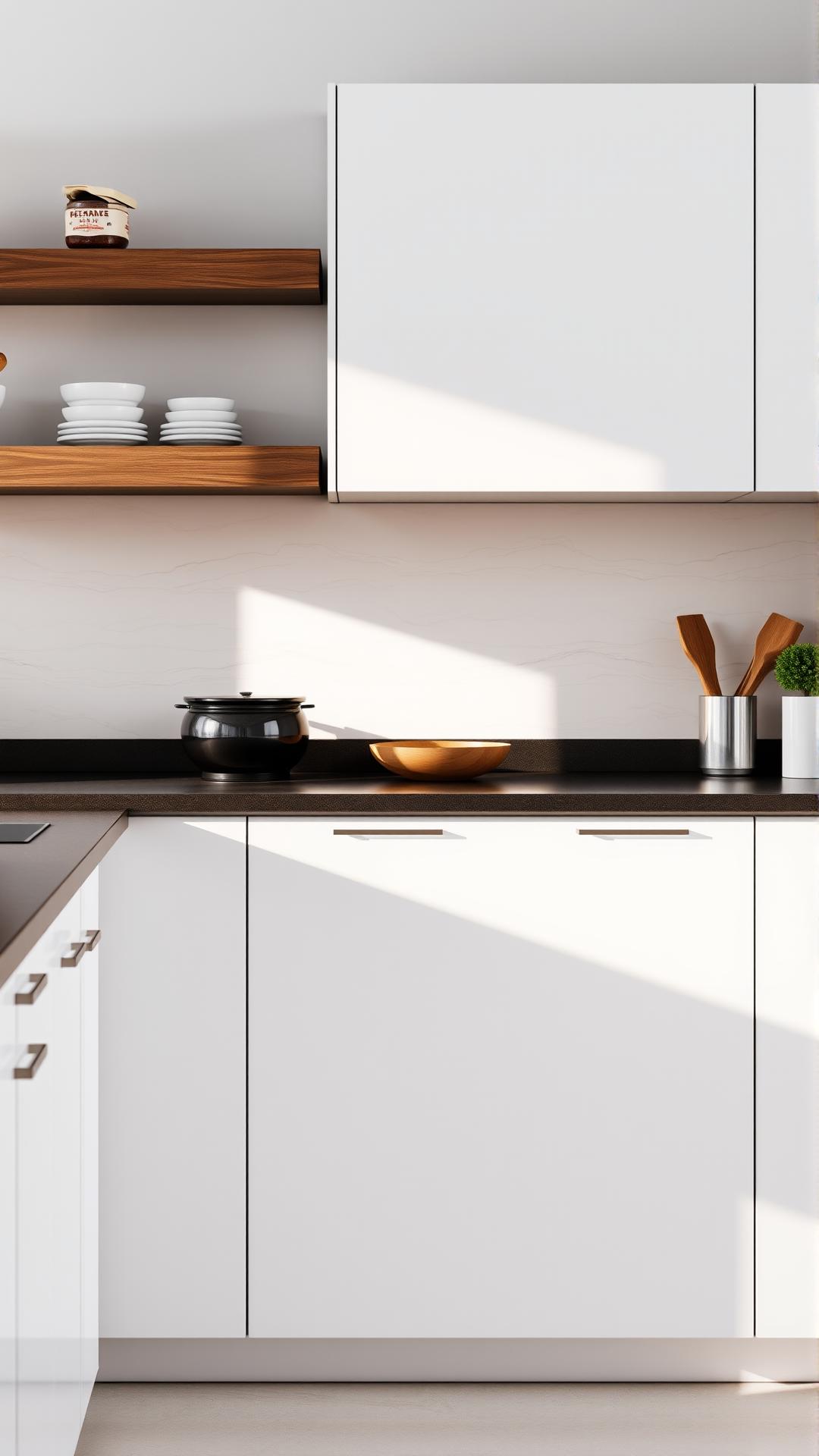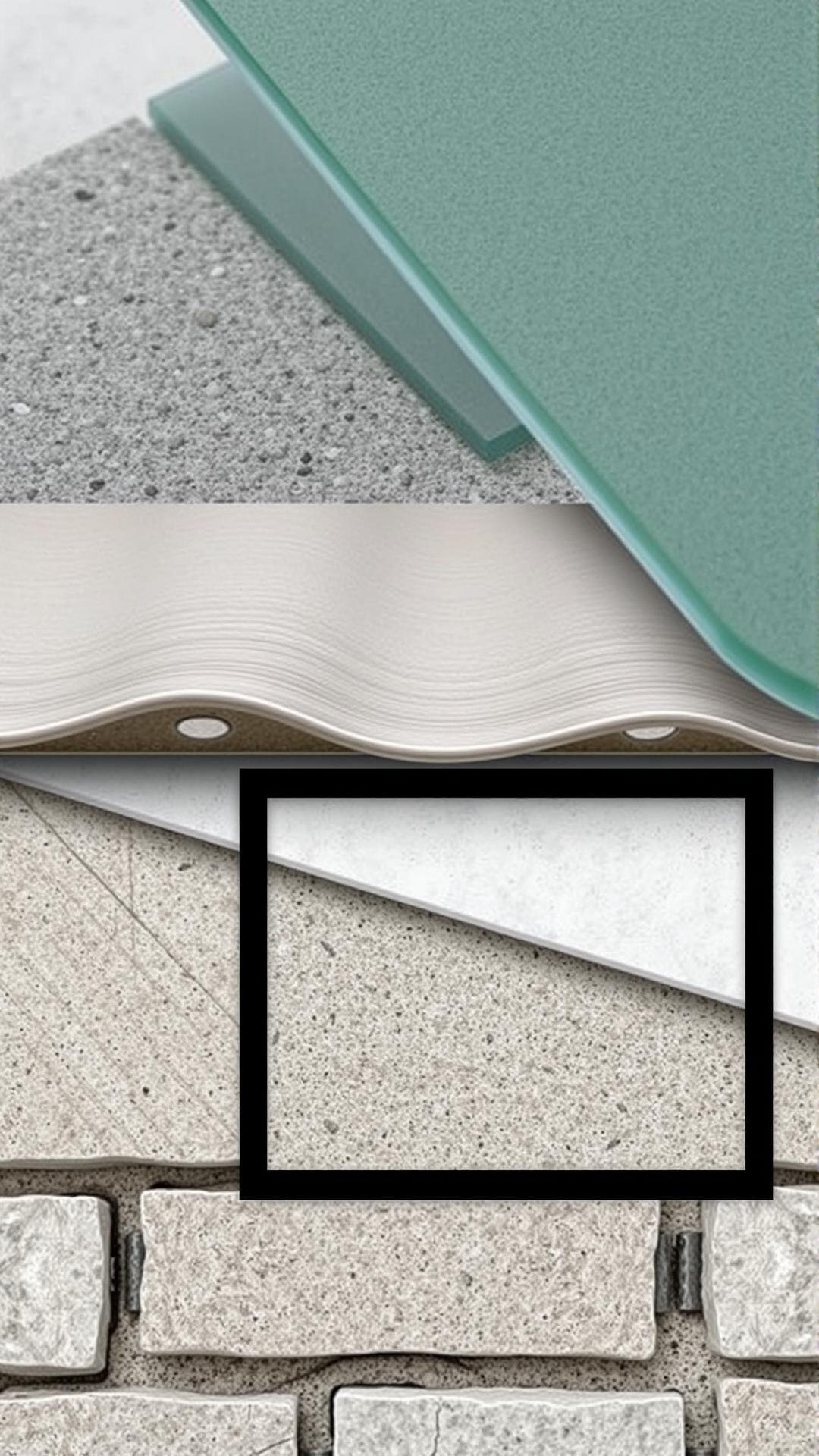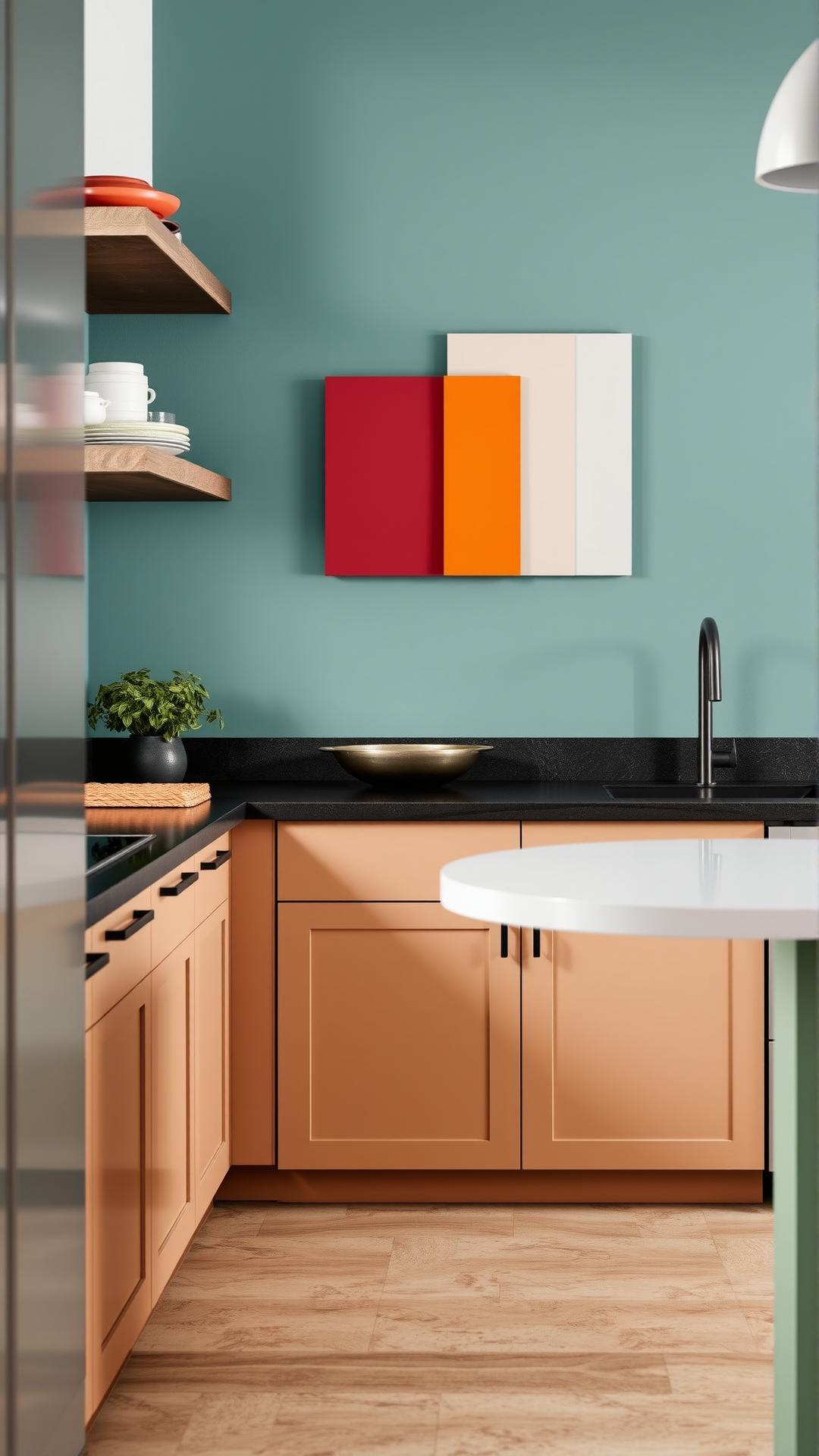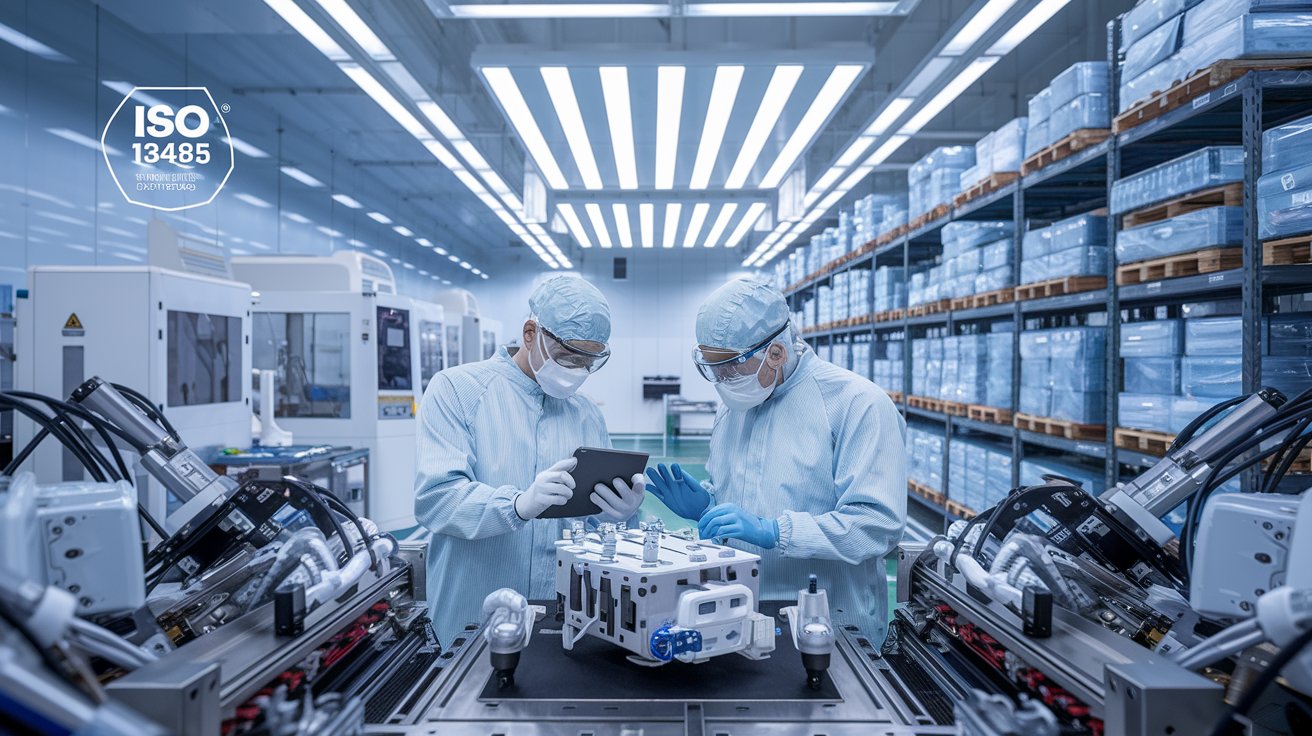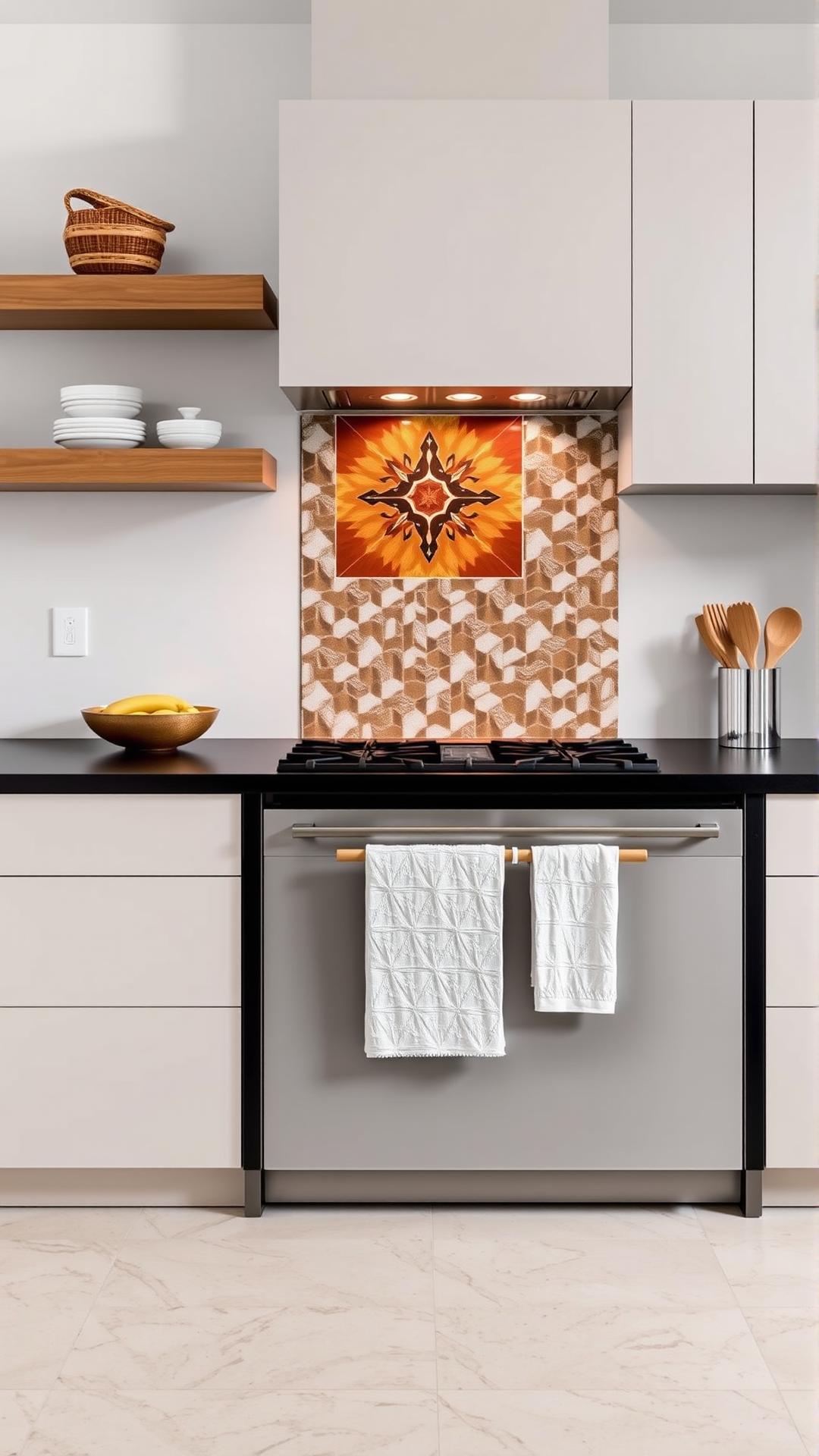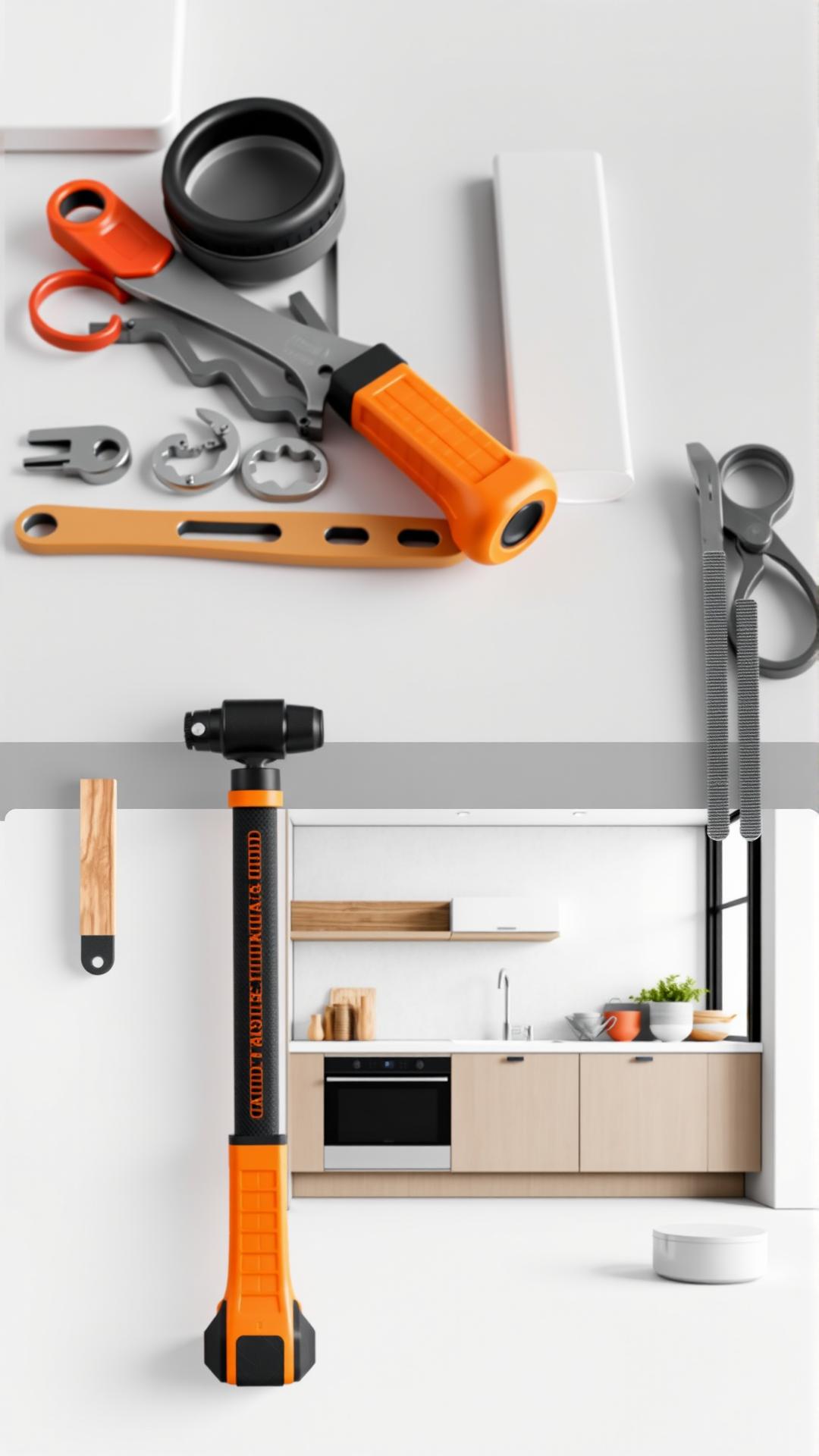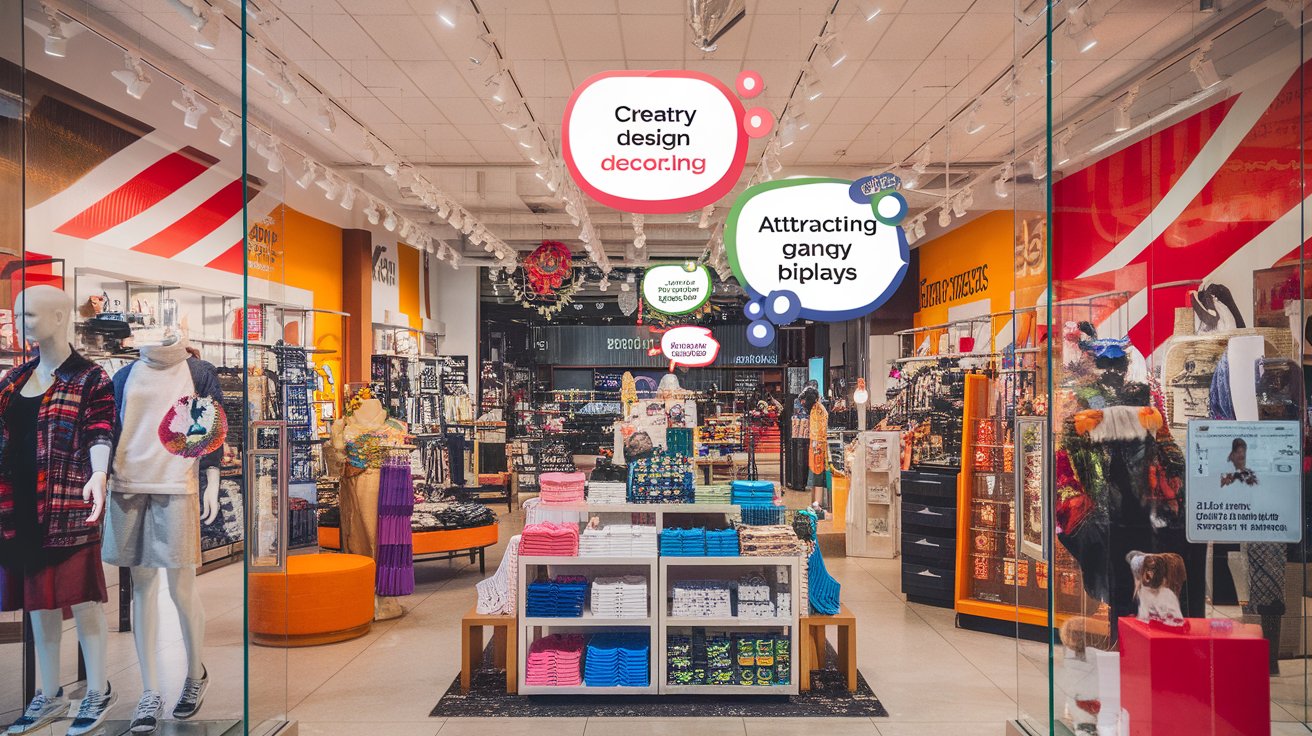Introduction
When it comes to elevating the aesthetics and function of your culinary space, the kitchen backsplash stands out as a pivotal element. It not only protects walls from spills and splashes during cooking but also serves as a focal point in kitchen design. With a wide array of materials, colors, and patterns available, homeowners can express their unique style through innovative backsplash ideas. From classic subway tiles to contemporary glass panels, the right backsplash can seamlessly blend with your overall kitchen theme while adding a touch of modern elegance.
This article provide various creative ideas for kitchen backsplashes that cater to both traditional and modern tastes. Whether you prefer a minimalist approach with sleek stone or a bold statement with patterned tiles, we’ve gathered a wealth of inspiration to help you choose the perfect backsplash. As we explore different options, keep in mind the importance of integrating both functionality and beauty to achieve the ideal culinary environment.
Understanding the Importance of a Kitchen Backsplash: A Functional and Aesthetic Marvel
The kitchen backsplash serves as an essential component in modern culinary spaces, intertwining both functionality and aesthetic appeal. As a protective barrier, it shields walls from splashes, stains, and moisture that commonly occur during food preparation. This detail is particularly critical in maintaining a clean and hygienic environment, making post-cooking clean-ups significantly easier. Instead of worrying about potential damage from water or grease, homeowners can focus on enjoying their time in the kitchen.
Besides its protective roles, the backsplash dramatically influences the overall design of the kitchen. Acting as a focal point, it can create visual interest and set the tone for the entire space. With a plethora of materials, colors, and patterns available, the right backsplash can complement cabinetry, countertops, and flooring. For instance, a sleek, glossy tile backsplash can impart a sense of modernity, while a rustic stone finish may evoke a cozy, farmhouse atmosphere. Thus, it is essential to carefully select backsplash materials that align with the desired aesthetic of the culinary space.
A well-chosen backsplash not only enhances the kitchen’s function but also contributes to its character. It offers an opportunity for self-expression, showcasing personal style and taste. The use of bold colors or intricate designs can invigorate an otherwise understated kitchen, transforming it into a vibrant gathering space. Alternatively, subtle textures and muted tones can create a serene environment more conducive for cooking and family interactions.
In contemporary kitchen design, the harmony between functionality and aesthetics is pivotal. By addressing practical concerns—such as ease of cleaning and resistance to damage—while simultaneously elevating the visual appeal, kitchen backsplashes can significantly influence the atmosphere and usability of the space. With the right approach, this small yet impactful feature can turn an ordinary kitchen into a modern culinary sanctuary, bridging the gap between utility and elegance.
Exploring Material Options for Backsplashes: Enhance Your Modern Culinary Space
When it comes to choosing a kitchen backsplash, various materials offer unique qualities that not only fulfill practical needs but also elevate the design aesthetic of modern culinary spaces. Taking the time to evaluate these options ensures you select the perfect backdrop for your cooking environment.
Tile
Tile is a classic choice for kitchen backsplashes and comes in a multitude of styles, colors, and patterns. Ceramic and porcelain tiles are particularly popular due to their durability and easy maintenance. They are resistant to stains and moisture, making them ideal for a kitchen setting. The ease of cleaning, combined with their extensive design versatility, allows homeowners to create looks ranging from traditional to contemporary. However, tile backsplashes can be labor-intensive to install and may require grout maintenance over time, which can be a consideration for those seeking a lower-maintenance option.
Glass
Glass backsplashes offer a sleek and modern look, reflecting light and creating a sense of space. Available in various shades and finishes, glass can be used in both transparent and opaque forms to fit the overall kitchen design. One of the main benefits is its non-porous surface, which aids in easy cleaning and eliminates the risk of germs and bacteria harboring in grout lines. One drawback, however, is that glass can be prone to scratches or chips, and its smoother surface may also require careful installation to avoid fitting issues. Ensuring proper backing during installation can mitigate some of these concerns.
Metal
Metals such as stainless steel, copper, and aluminum are increasingly finding their way into modern kitchens as backsplashes. They add a contemporary flair and have the added benefit of being heat-resistant and easy to clean. Stainless steel is especially favored for its durability and hygienic properties favored in many culinary applications. However, metal may show fingerprints and scratches over time, requiring more maintenance to keep it looking pristine. Homeowners looking for a unique aesthetic might also consider the warming quality of copper, though it requires regular varnishing to prevent tarnishing.
Stone
Stone backsplashes, including granite, marble, and quartz, bring a touch of luxury and natural beauty to a kitchen. Each slab is unique, providing an individualized look that no other material can match. However, while stone is incredibly durable, it often requires sealing to prevent staining, especially in high-activity cooking environments. The initial investment can be higher than other materials, yet many homeowners find the aesthetic appeal and longevity well worth the cost. The natural variations and patterns in stone can beautifully complement a range of kitchen styles, bridging functionality and elegance seamlessly.
Color Theory in Kitchen Backsplash Design: Impact on Modern Culinary Spaces
The Psychology of Color in Kitchen Spaces
Kitchen design color plays a significant role beyond mere aesthetics. It profoundly influences emotions and perceptions within a culinary space. Warm hues like reds and oranges can stimulate appetite and energy, making them desirable for kitchens where cooking and family gatherings occur. Conversely, cooler tones such as blues and greens can impart a sense of calm and cleanliness, ideal for those who prefer a serene cooking environment. When selecting a backsplash color, it’s essential to consider not only personal preferences but also how these colors interact with adjacent surfaces such as cabinetry, countertops, and flooring.
Choosing a Harmonious Palette
Creating a cohesive look with your kitchen backsplash involves understanding the principles of color harmony. Complementary colors—those that are opposite each other on the color wheel—can create vibrant contrasts while maintaining balance. For example, pairing a rich navy backsplash with warm wooden accents can produce a sophisticated yet inviting atmosphere. Analogous colors, which are next to each other on the wheel, offer a more serene and harmonious blend. Soft greens and blues can transition smoothly into neutral hues, providing a soothing backdrop for culinary creativity.
Considering the role of neutrals is vital. Shades like white, gray, and beige can serve as a canvas that highlights more vibrant decorative elements and appliances. These neutral backsplashes create a timeless look and ensure that your kitchen remains versatile over years of changing trends.
Impact of Texture and Finish on Color Perception
The finish and texture of backsplash materials also play a crucial role in how color is perceived. Glossy surfaces reflect light and can amplify the vibrancy of the chosen hue, making it feel more dynamic and lively. In contrast, matte finishes tend to absorb light and can lend a more subdued, elegant feel to the space. Textured backsplashes, such as those featuring raised patterns or 3D tiles, can add depth and intrigue, transforming the color’s impact from flat to captivating.
When selecting colors for a kitchen backsplash, consider how these elements interact with other design choices. A well-thought-out color scheme can not only elevate the aesthetic appeal of your culinary space but also create an atmosphere that encourages creativity and comfort while cooking.
Trendy Design Styles for Kitchen Backsplashes: Embrace Mosaic Patterns and Geometric Designs
The kitchen backsplash has evolved into a focal point in modern culinary spaces, reflecting individual style while enhancing functionality. Among the striking trends, mosaic patterns stand out for their vibrant ability to add depth and visual interest. These intricate designs often combine various materials—ceramics, glass, or stone—creating an artistic kaleidoscope that transforms the mundane into remarkable. Homeowners can opt for bold colors to create a centerpiece or subtler shades that harmonize with the overall aesthetic of the kitchen.
Geometric designs have surged in popularity as they appeal to the contemporary design palate. Precision-cut tiles arranged in shapes such as chevrons, hexagons, or herringbones exude a modernistic vibe. These patterns offer versatility; they can be utilized in different sizes, allowing homeowners to customize the installation to fit their space perfectly. Pairing geometric tiles with a neutral color palette will infuse the kitchen with a sophisticated air, whilst vibrant, contrasting hues can inject an element of playfulness.
Artistic elements have found their way into backsplash designs, further elevating this kitchen component beyond mere practicality. Hand-painted tiles or custom murals introduce personalized flair, making each kitchen uniquely its own. Consider patterns that resonate with your personality or tell a story, perhaps through motifs inspired by nature, culture, or local artisan craftsmanship. Such artistic interpretations not only enhance the aesthetic appeal but also serve as conversation starters during gatherings.
Another exciting trend involves the incorporation of mixed materials within the backsplash. By blending traditional tiles with materials like metal or reclaimed wood, it’s possible to create a dynamic interplay of textures. This approach adds a layer of complexity and warmth, essential for achieving a well-rounded and inviting culinary space. The emphasis on balance and proportion becomes paramount, particularly in smaller kitchens where maximizing visual space while fitting modern needs is essential.
As you explore various backsplash styles, remember that these trends are not just fleeting passing fancies—they reflect a broader movement towards personalized and expressive kitchen design. A well-chosen backsplash can serve as an unwavering foundation for the kitchen’s overall aesthetic, seamlessly bridging the gap between functionality and self-expression as culinary spaces evolve.
Practical Considerations When Installing a Backsplash
Key Factors to Consider for a Modern Culinary Space
When it comes to selecting and installing a backsplash in a modern kitchen, practicality plays a pivotal role alongside aesthetics. A kitchen backsplash not only enhances the visual appeal but also endures the rigors of daily culinary activities. Understanding essential factors ensures that your chosen backsplash remains both functional and attractive.
The first consideration is the material. Different materials, such as ceramic, glass, or natural stone, each offer unique benefits and drawbacks. While tile is a popular choice due to its durability and ease of cleaning, glass can provide a sleek, contemporary look that reflects light and expands the perceived space. However, it is vital to assess the upkeep associated with each material. For instance, intricate tiles may be harder to clean compared to smooth surfaces. Opt for materials that align with your lifestyle and maintenance preferences.
Another aspect to examine is installation methods. Some backsplash materials come with straightforward adhesive backing, making installation a feasible DIY project for many homeowners. Yet, others may require professional installation, particularly if they involve intricate designs or heavy materials. Weigh the costs of installation against your budget, and consider whether you possess the skills required for a high-quality finish. In cases requiring a professional touch, obtaining multiple quotes can prevent overspending.
Color and pattern choice also significantly impacts practicality. While bold patterns or colors might initially seem appealing, they can become tiresome over time. Opting for a classic or neutral color can provide longevity and support varied design themes in the future. Moreover, patterns that resist showing dirt or stains are beneficial in high-traffic cooking areas, ensuring that your backsplash retains its allure over time.
Think about the height of the backsplash. While extending it from the countertop to the bottom of the upper cabinets can create an encapsulating visual effect, it also requires careful alignment with appliances and cabinetry. Ensure that it harmonizes with your kitchen layout for optimal functionality and design coherence.
Don’t forget about budget considerations. A modern backsplash can range significantly in price based on material, style, and installation complexity. Setting a clear budget while accounting for potential maintenance costs ensures you choose a durable option that meets your culinary and aesthetic needs.
Conclusions
Selecting the right kitchen backsplash is more than just a design choice; it’s a crucial part of creating a functional and visually appealing space. From selecting materials that complement your cabinetry to incorporating colorful designs that express your personality, the options are limitless. Remember to consider practical aspects, such as ease of cleaning and durability, when choosing your ideal backsplash.
As we have explored throughout this article, a well-chosen backsplash can harmonize your kitchen’s look while providing necessary protection. With various materials and styles available, you have the power to transform your kitchen into a modern culinary oasis. Let your creativity flow as you design a backsplash that not only meets your aesthetic needs but aligns perfectly with your cooking lifestyle.



